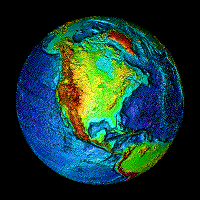Worst case of plastic pollution in the world: A plastic wasteland on an uninhabited, pristine South Pacific island

Ocean currents have carried about 38 million items of plastic debris to Henderson Island in the South Pacific.(A) Plastic debris on East Beach of Henderson Island. Much of this debris originated from fishing-related activities or land-based sources in China, Japan, and Chile (Table S5). (B) Plastic items recorded in a daily accumulation transect along the high tide line of North Beach. (C) Adult female green turtle (Chelonia mydas) entangled in fishing line on North Beach. (D) One of many hundreds of purple hermit crabs (Coenobita spinosa) that make their homes in plastic containers washed up on North Beach. Image: Jennifer L. Lavers. Source: PNAS
.
‘Exceptional and rapid accumulation of anthropogenic debris on one of the world’s most remote and pristine islands’
By Jennifer L. Lavers et al.
Abstract
In just over half a century plastic products have revolutionized human society and have infiltrated terrestrial and marine environments in every corner of the globe. The hazard plastic debris poses to biodiversity is well established, but mitigation and planning are often hampered by a lack of quantitative data on accumulation patterns. Here we document the amount of debris and rate of accumulation on Henderson Island, a remote, uninhabited island in the South Pacific. The density of debris was the highest reported anywhere in the world, up to 671.6 items/m2 (mean ± SD: 239.4 ± 347.3 items/m2) on the surface of the beaches. Approximately 68% of debris (up to 4,496.9 pieces/m2) on the beach was buried <10 cm in the sediment. An estimated 37.7 million debris items weighing a total of 17.6 tons are currently present on Henderson, with up to 26.8 new items/m accumulating daily. Rarely visited by humans, Henderson Island and other remote islands may be sinks for some of the world’s increasing volume of waste.
